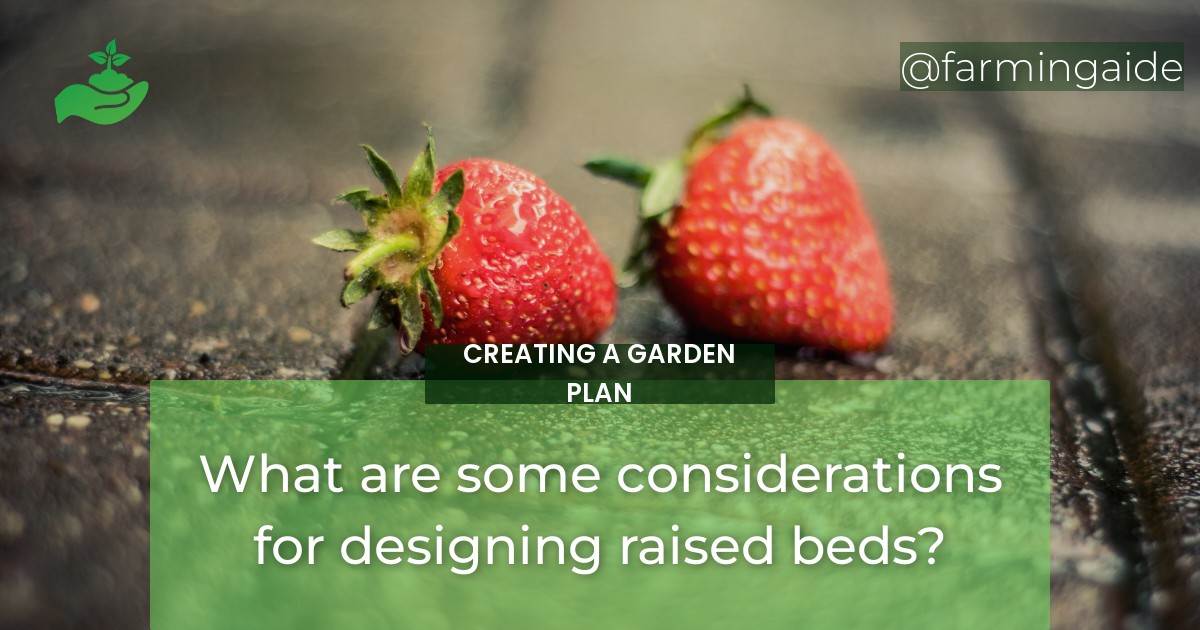Designing raised beds is an exciting way to start a garden. Raised bed gardening is a fantastic way to grow plants if you don’t have a lot of space. Raised beds allow you to plant more in less space, which is great for urban gardeners. Moreover, raised beds are a great way to improve soil drainage and quality. However, there are a few things to consider when designing a raised bed.
Benefits of Raised Beds
Before diving deep into designing raised beds, it is essential to understand the benefits of using them. Here are some reasons why you should consider using raised beds:
- Increased Yield
- Easier Soil Management
- Improved Drainage
- Better Soil Quality
- Pest Control
Materials to Use
When it comes to materials, there are lots of options for building raised beds, including:
- Wood
- Concrete Blocks
- Bricks
- Stone
- Recycled Materials
ALSO READ
Sizing and Spacing
The size and spacing of your raised bed depend on several factors, including:
- Height and Width
- Spacing between Beds
- Access Paths
- Sun and Shade
Tips for Proper Drainage and Soil Fertility in Raised Bed Design
When designing your raised bed, it is essential to consider drainage and soil fertility. Here are some tips to help you get started:
- Drainage
- Soil structure
- Soil pH
- Soil fertility
- Organic matter
ALSO READ
Plant Selection
Choosing the right plants for your raised bed is crucial to success. Here are some things to consider:
- Choosing the Right Plants
- Plant Spacing
- Companion Planting
Irrigation
Irrigation is essential for any garden, and raised beds are no exception. Here are some irrigation methods to consider:
- Drip Irrigation
- Soaker Hoses
- Watering Frequency
Maintenance
Like any garden, raised beds require maintenance. Here are some tips to keep your raised bed healthy:
- Weed Control
- Pest Control
- Crop Rotation
- Soil Testing
What type of garden fork is best for building and maintaining raised beds?
When it comes to building and maintaining raised beds, choosing the right types of garden forks is crucial. A broadfork with tines and a D-handle is ideal for initial soil preparation, while a digging fork with sharp tines is perfect for turning and aerating the soil in raised beds.
Conclusion
Designing raised beds is an excellent way to start a garden. With proper planning and maintenance, raised beds can be a great addition to any garden, providing increased yields, improved drainage, and better soil quality.
RELATED ARTICLES:


